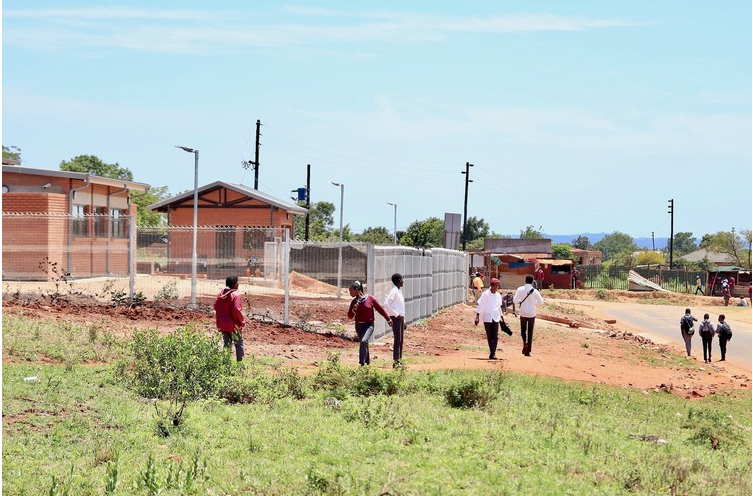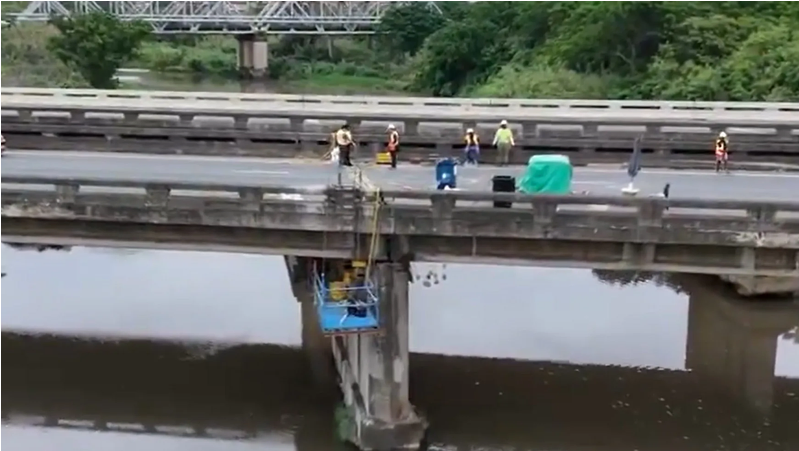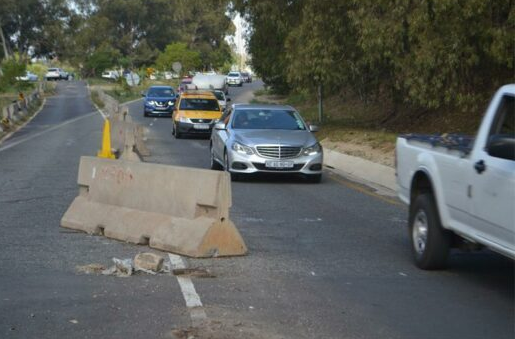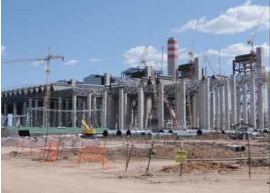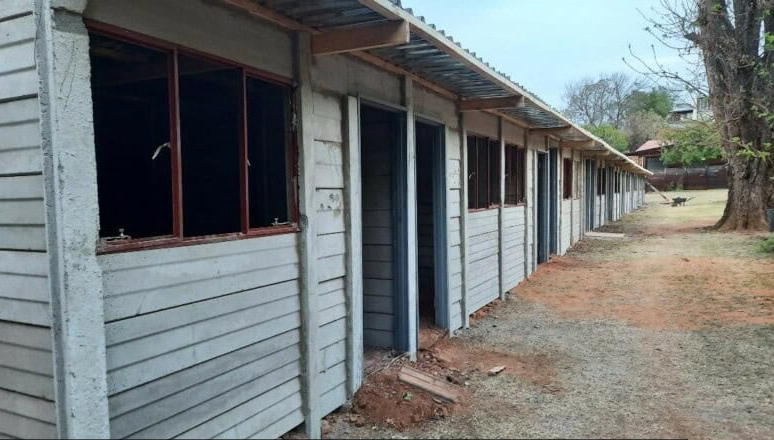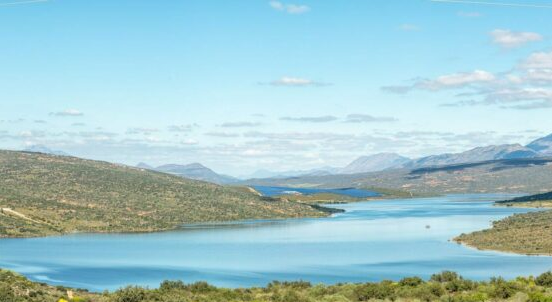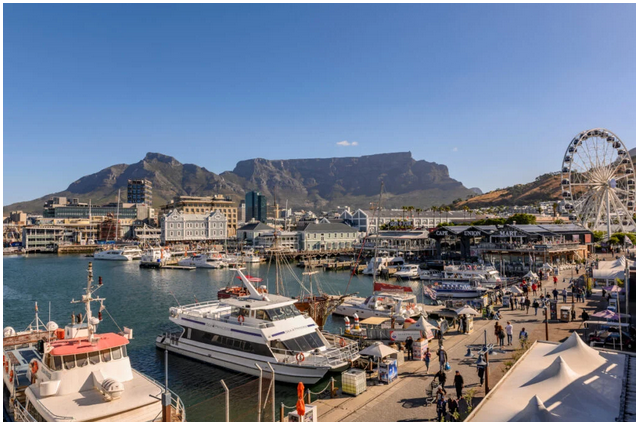South Africa’s biggest private power plant — R9-billion investment a decade in the making
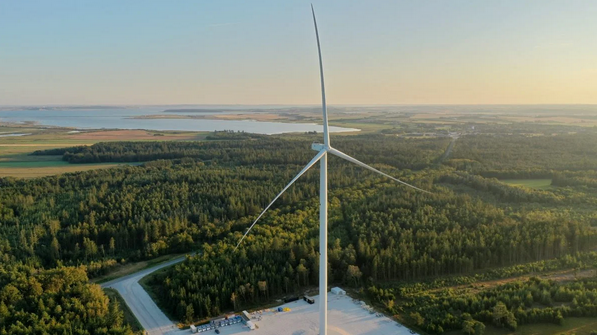
29-02-2024
Read : 566 times
My Broadband
Source
Red Cap Energy is set to roll out three wind farms with a combined capacity of 330MW, which would make for the largest purely private renewable energy facility in South Africa.
The R9-billion Impofu project will begin construction in Kouga in the Eastern Cape in March 2024 and is expected to enter operation in 2025 after more than a decade of planning and stakeholder engagement.
Each of the three farms under the project will have a maximum generating capacity of 110MW.
Many of South Africa’s larger wind farms have capacities of 100–140MW for a single site.
Coal mining giant Seriti recently signed a power purchase agreement that will see the company buying energy from a 155MW wind farm, which will have the largest capacity for a single site.
Currently, the biggest combined wind power facility in South Africa consists of two adjacent wind farms — Khobab and Loeriesfontein 2 in the Northern Cape — with a combined installed capacity of roughly 283MW.
This is contributed by 122 Siemens SWT-2.3-108 turbines, each with a hub 80 metres from the ground and a total diameter of 108 metres.
The wind turbines on these farms are 152 metres tall when measured from the ground to the tip of their blades at the highest rotation point.
Unlike other wind power plants in South Africa, which are more concentrated, Impofu’s 57 turbines will be spread out over 12 pieces of privately owned land.
“At a length of 116 kilometres, the project also boasts the longest privately permitted powerline developed for any renewable energy project in the country,” Red Cap Energy said.
The turbines will have locally-made concrete towers as their bases, with hubs 120 metres from the ground. The turbine blade lengths will be 81.5 metres, with a total rotor diameter of 163 metres.
The wind turbines in the Impofu project should stand roughly 201.5 metres tall from the ground to the tip of the blade at the highest point of rotation, substantially higher than the Khobab and Loeriesfontein 2 turbines.
In addition to being larger and higher, these turbines will have a much bigger capacity of around 5.8MW, compared with the 2.3MW of the Siemens SWT-2.3-108.
This would put the rated performance of Impofu’s turbines within touching distance of the largest commercially deployed onshore wind turbines, which have 6–6.8MW capacities.
General Electric Energy’s Cypress onshore wind turbines support up to 6.1MW peak output, over double what is available from turbines commonly installed on South Africa’s existing wind farms.
The generated energy will be wheeled to Sasol South Africa’s Secunda site, where French-based industrial gas supplier Air Liquide operates the world’s largest oxygen production site.
Red Cap Energy business development manager Jadon Schmidt said the company had signed up 87 separate parcels of land for leasing by farmers for its renewable energy projects.
According to the company’s website, it has 1,500MW of new approved capacity in the pipeline.
Schmidt said the turbines would bring significant benefits for landowners and local agricultural output.
Red Cap worked closely with landowners to plot the position of each wind turbine, managing expectations and leveraging local in-depth knowledge of the landscape.
One of the landowners — Vergaderingkraal’s Vernon Basson — said the whole process had been pretty smooth.
“I had a good idea of where I didn’t want roadways to go, to make sure I didn’t end up with unusable pieces of land,” said Basson.
“Besides that, I made suggestions about where it would and wouldn’t work to put up the turbines, for example, if an area was too wet or difficult to access.”
Dairy farm owner Xolile Peter Lamani, who leased part of his land near Oyster Bay to the project, praised the project’s impact.
“The extra income from the turbines is going to help us keep our livestock healthy and deal with drought during the summer,” said Lamani.
Red Cap said it also worked with multinational renewable energy corporation Enel Green Power during an extensive environmental impact assessment and public engagement process.
Among the challenges faced during the impact assessment was the discovery of a Martial Eagle nest in the area, a year and a half into the process.
“Collaborating with local environmental organisations, the placement of certain turbines had to be reviewed to ensure the protection of the endangered bird,” said Red Cap.
“The powerline was also rerouted and redesigned on numerous occasions to accommodate objections from a small portion of landowners.”
Recent News
Here are recent news articles from the Building and Construction Industry.
Have you signed up for your free copy yet?


